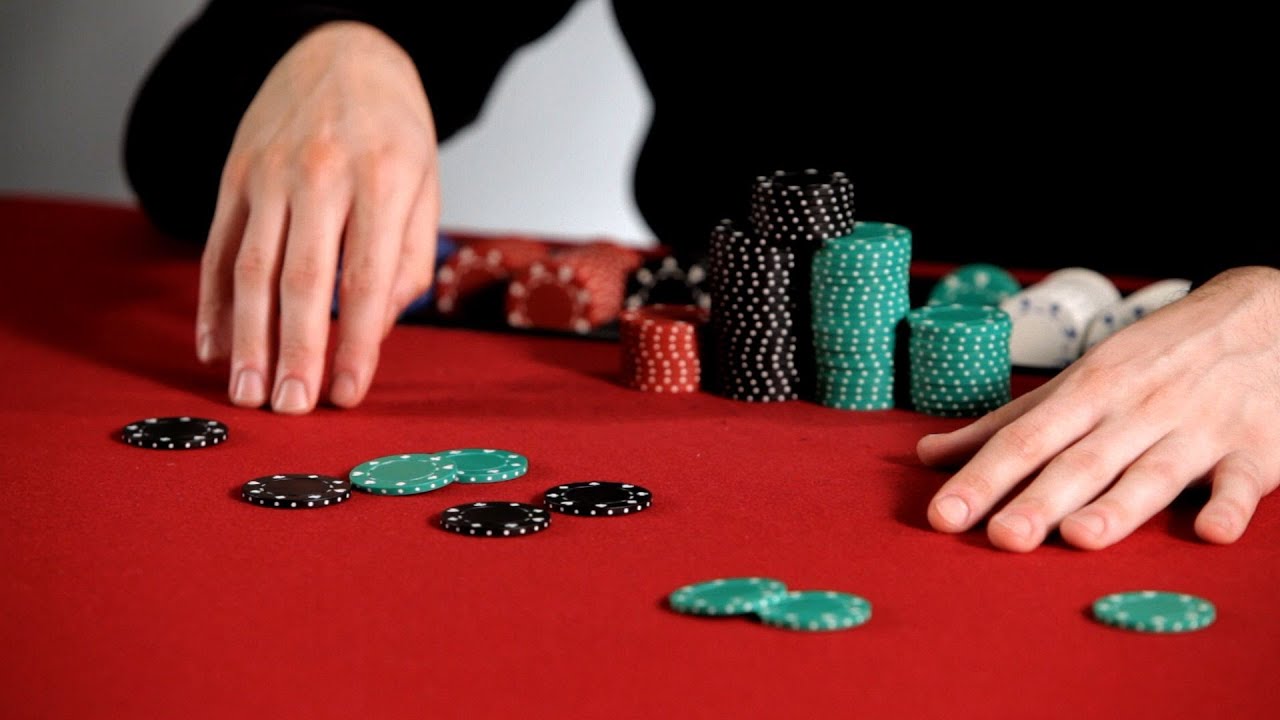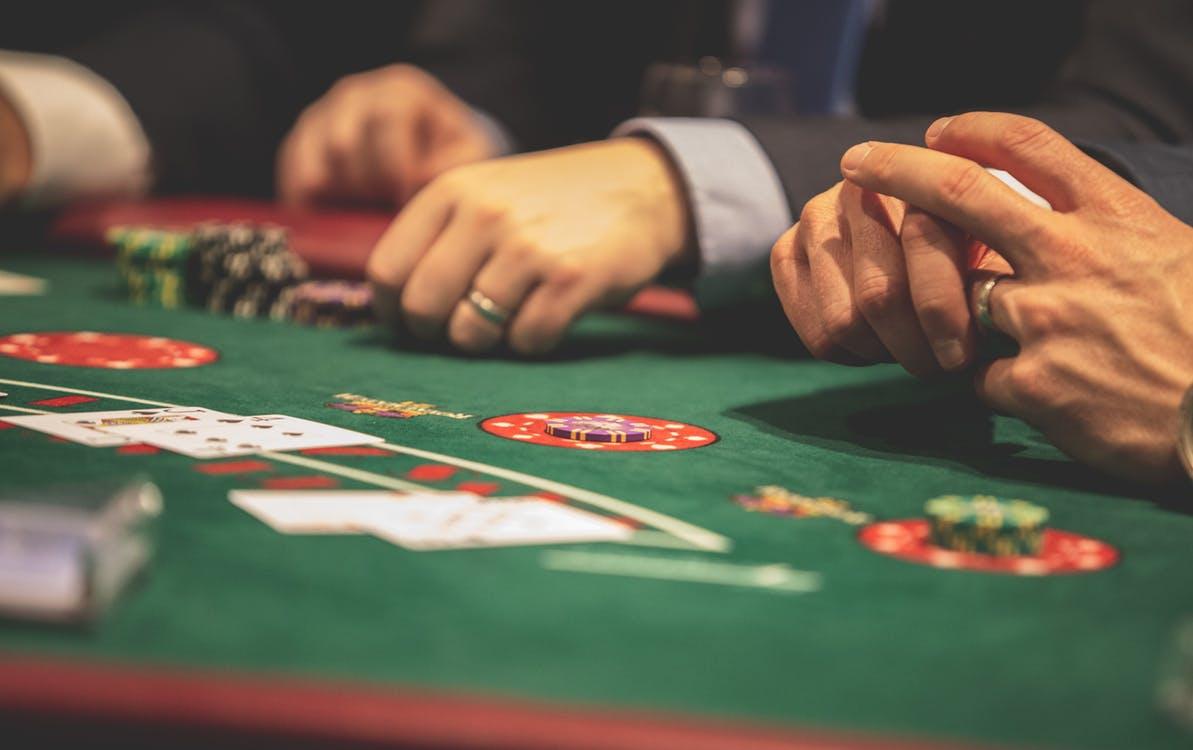For a game that is, on the surface, relatively simple there are many strategies that help to turn a decent poker player into a great one and a great one into a pro. These take many forms and go way beyond the obvious of using bluffs, spotting tells and being able to calculate both pot odds and the odds of winning a particular hand.
But perhaps one of the most important is developing strategies that encourage opponents to play in a style that’s dictated by you, literally forcing their hand to act in a way that’s in your favour. Of course, key to this is maintaining your own style of play and not allowing other players to manipulate you to their own ends. Dictating the play like this is only possible if you have a strong understanding of poker equity, it’s pointless trying to gain control if you have no idea how much of the pot is yours and the likelihood of coming out on top.
The technique that helps to put you in control

This ties in with what many people have accepted to the one of the strongest theorems of poker, as put forward by David Sklansky. As an established player on the pro circuit, not to mention the author of fourteen books on the game and winner of multiple WSOP bracelets, he is certainly an authority to be reckoned with. In its simplest terms his theorem is as follows:
Whenever you play your hand in the manner that you would if it was possible to know exactly which cards are in an opponents’ hand, you will be in a dominant position. Similarly, whenever your opponents are induced to play their cards in a different way to how they would play them if they could see your hand you also gain.
So, in its most succinct form, if you can hold a steady course, or persuade other players to waver in their judgement of action, then you’ll be gaining a material advantage over them.
To explain how check-raising comes into the picture it’s worth spending a little time looking at when and how you’d use the technique, for example in a cash game of Texas Hold’em.
First, let’s define what we mean by check-raising. It involves a player checking, that is not betting but asking to stay in the round, and then raising the stakes in the same round. The widely accepted way of showing you’re checking is to knock on the table so the action passes to the player on your left.
Using it from a strong position
The situations in which it may be used include when you think another player may have a worse hand than you and is unlikely to call but may be likely to try and bluff. Often you can detect this tendency in opponents by seeing how they have behaved in previous rounds.

The ultimate aim of check-raising is to increase the amount that is available to be won over and above the amount that could be won through more straightforward techniques of play. It’s also particularly pertinent in limit games where other players seem reluctant to put much money into the pot. That’s because check-raising enables you to increase the limit of the pot twice in a hand –once with the other player’s original bet and once with your raise.
However, there is always the risk that if no other player chooses to open then the whole round will be checked and the next card will be revealed. Depending on what this card turns out to be, this could eat away at the advantage that the check-raiser once had with no additional money being added to the pot.
So the vast majority of poker experts agree that it’s a technique that’s at its most potent when used to maximize the money in the pot when you’re reasonably confident that your hand’s a strong one.
To bluff or not, that’s the question
The other situation in which you may decide to try check-raising as a strategy is when your hand is weak and, you believe, likely to be beaten buy your opponent(s). By showing that you have the confidence to check-raise it can work as a form of bluff that they then take as a sign that they should fold.
But here’s the rub about using it as a technique for the bluff or the semi-bluff. Do it too often and it will quickly lose its power to intimidate. Worse still, it can serve to give other players an advantage over you, not to mention becoming a very recognisable aspect of your play. The bluffing aspect of the practice will also only work when you’re playing against an aggressive style of opponent. But lay the bait well and it won’t be hard to reel them in.
Careful not to give yourself away

Another word of warning is that online poker software can sometimes have the addition of a tracker that can analyse how often check-raising is carried out and the proportion of the time that its purpose has been to increase the size of the pot or to act as a bluffing move. So the danger of using it as a technique online is that its power may soon be eliminated.
In terms of the legality and ethics of the technique, it’s widely regarded as a legitimate way to gain an advantage over other players so it’s well worth developing your skills. You’ll also find that if you’re planning some long-haul casino visits with your partner it could well be a way to offset some of the expenses of the trip!

